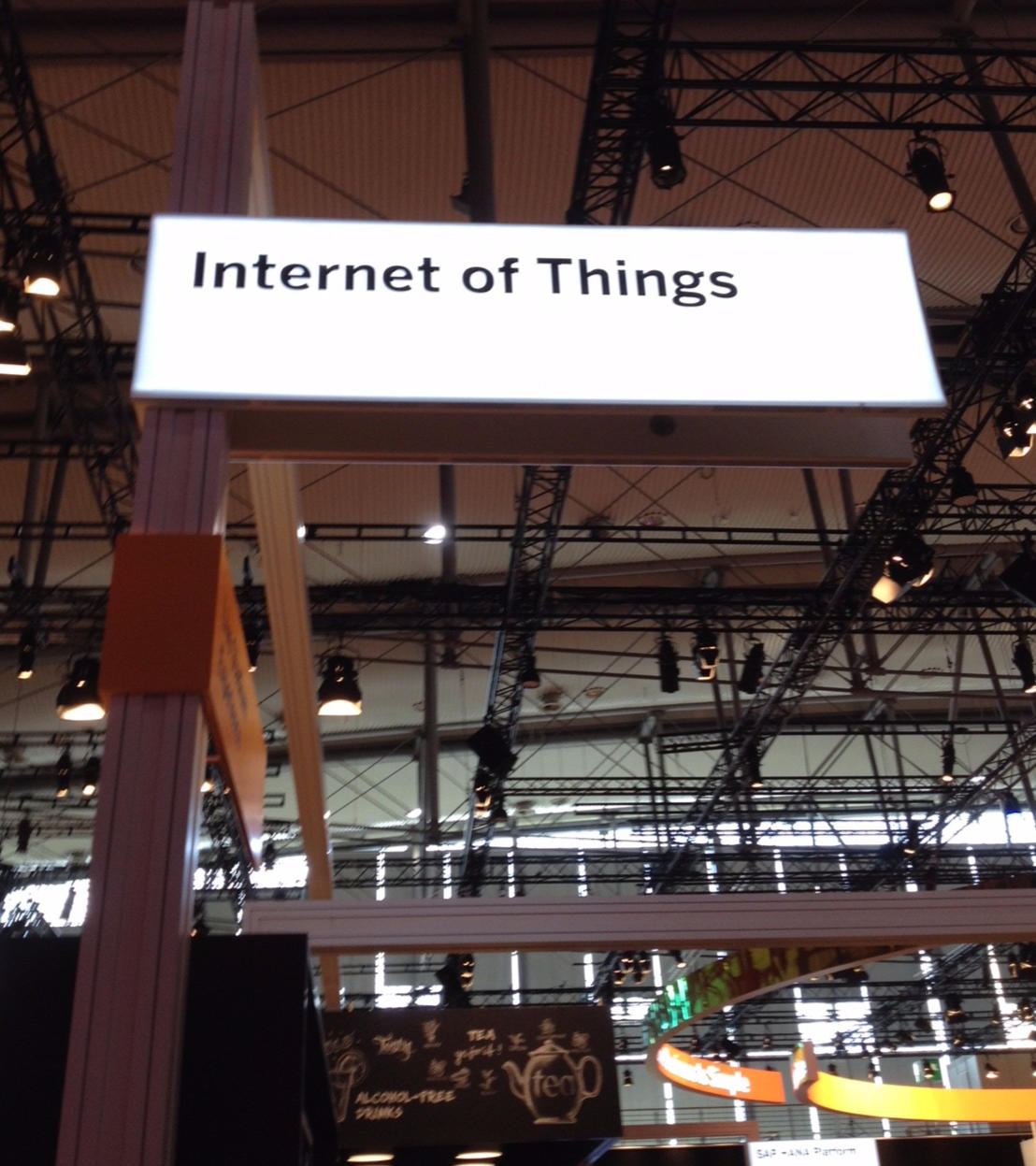Source: analyticsinsight.ne
The vast and intelligent connection of physical devices, known as the Internet of Things (IoT), is increasingly bolstering productivity and communication levels across businesses globally. This also enables various numbers of functions in enterprises. The augmenting use of IoT devices have taken both consumers and organizations by storm, unfortunately, it also possesses specific security concerns to them. Rather, an organization can only reap the promise of IoT’s capabilities if it contemplates the security elements as a vital component of their IoT deployment.
IoT-powered solutions cover a large area of businesses and commercial applications. Their use cases driven by the ability to connect, monitor, and control tens of millions of Internet-connected devices, exchange information, and take autonomous action based on continuous input. These applications and solutions are evident across diverse industries, ranging from manufacturing, healthcare, and transportation to oil and gas, utilities, and energy.
Many IoT devices encompass back doors and software flaws that make them vulnerable and easy to hack. On the other hand, several companies can face challenges of storing and managing the troves of data that these devices produce. In this case, enterprises need to figure out a way to store, track, assess and make sense of the vast amounts of data that will be generated. Thus, it will require a host of innovative solutions to meet these challenges and capitalize on the coming opportunities.
While it is anticipated that the world will have 43 billion IoT-connected devices by 2023, the technological advancements will make it easier to implement, opening the door for a wider variety of companies to benefit from its applications. Large businesses have already begun to invest their sizable resources in IoT technologies over the years ago. This level of uptake results in an impetus of the developing technologies that underpin the IoT.
Moreover, advanced principal technologies and a proliferation of devices have also assisted in fuelling the growth of IoT solutions. It is anticipated that investments in this technology will grow by 13.6 percent per year through 2022. And thanks to new sensors, more computing power, and reliable mobile connectivity, further growth will be evident in IoT in years to come.
An IoT platform not only serves as a middleware that connects devices and sensors but also delivers a large number of functions such as controllers and sensors, a communication network, a gateway device, interpreting and data analysis software along with end application services. The market for IoT will continue to grow as existing IT devices will need to be linked to the technology.
As a whole, IoT has an assortment of applications in enterprise settings, and its adoption is not limited to large companies. Early adopters have shifted beyond pilots to scale IoT solutions across their businesses. In fact, the technology has already made a significant rise in a number of applications across diverse sectors including Industry 4.0, connected cars, smart cities, smart homes, and digital health. IoT has been one such technology that is going to have an enormous impact not only today but also in the future.


